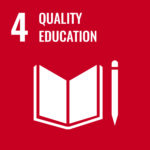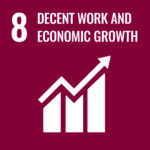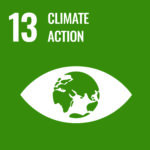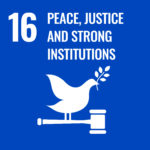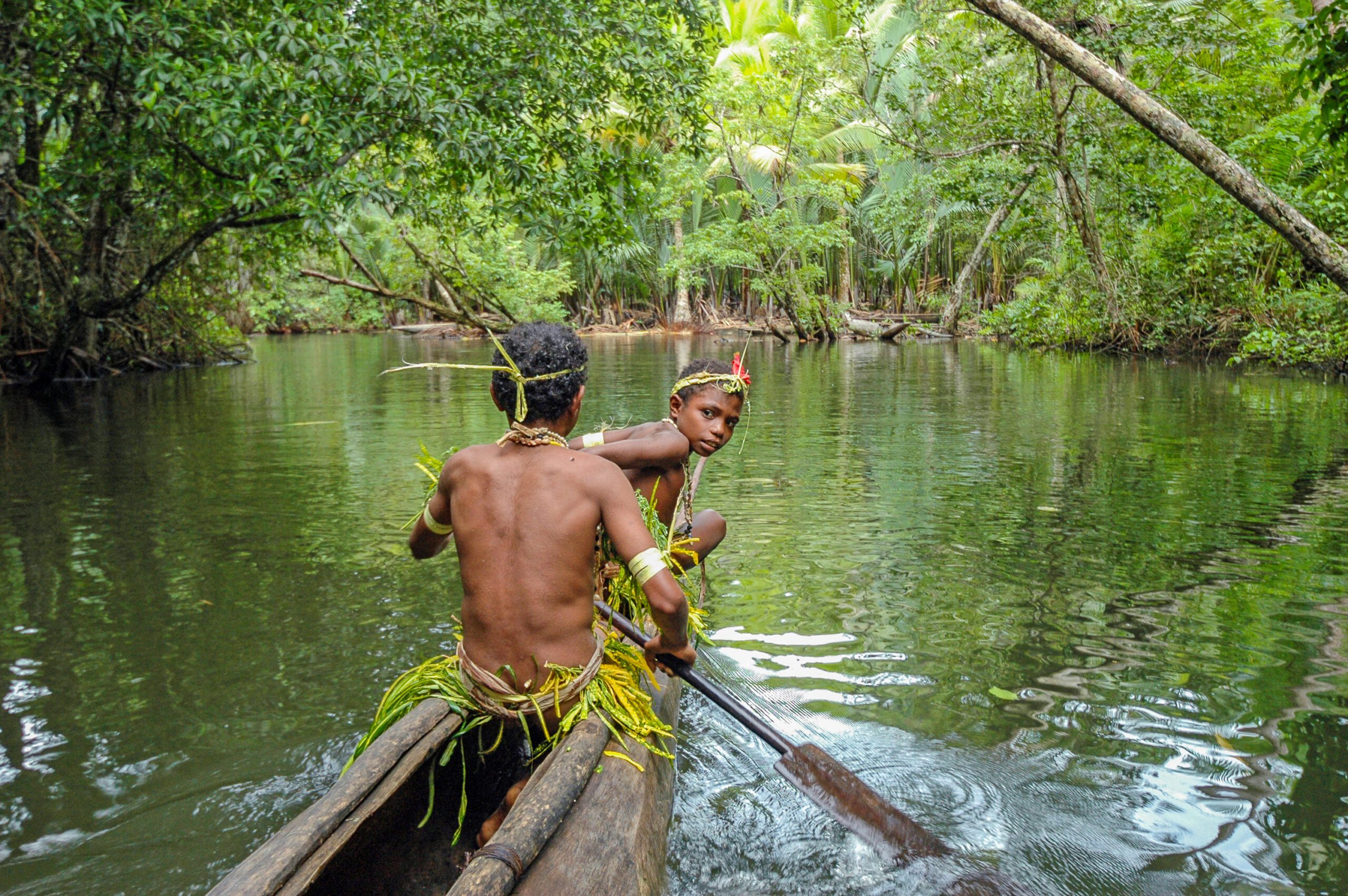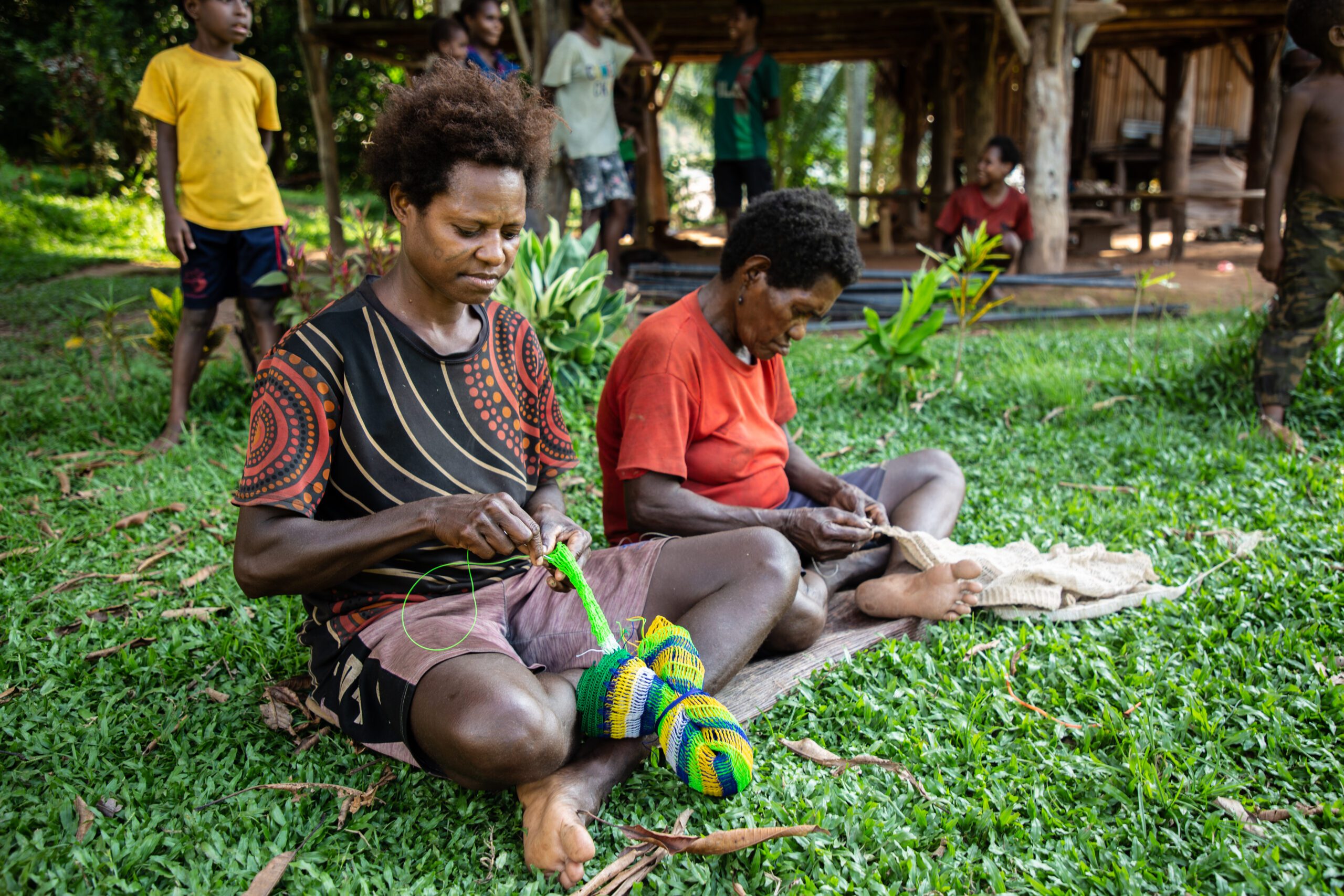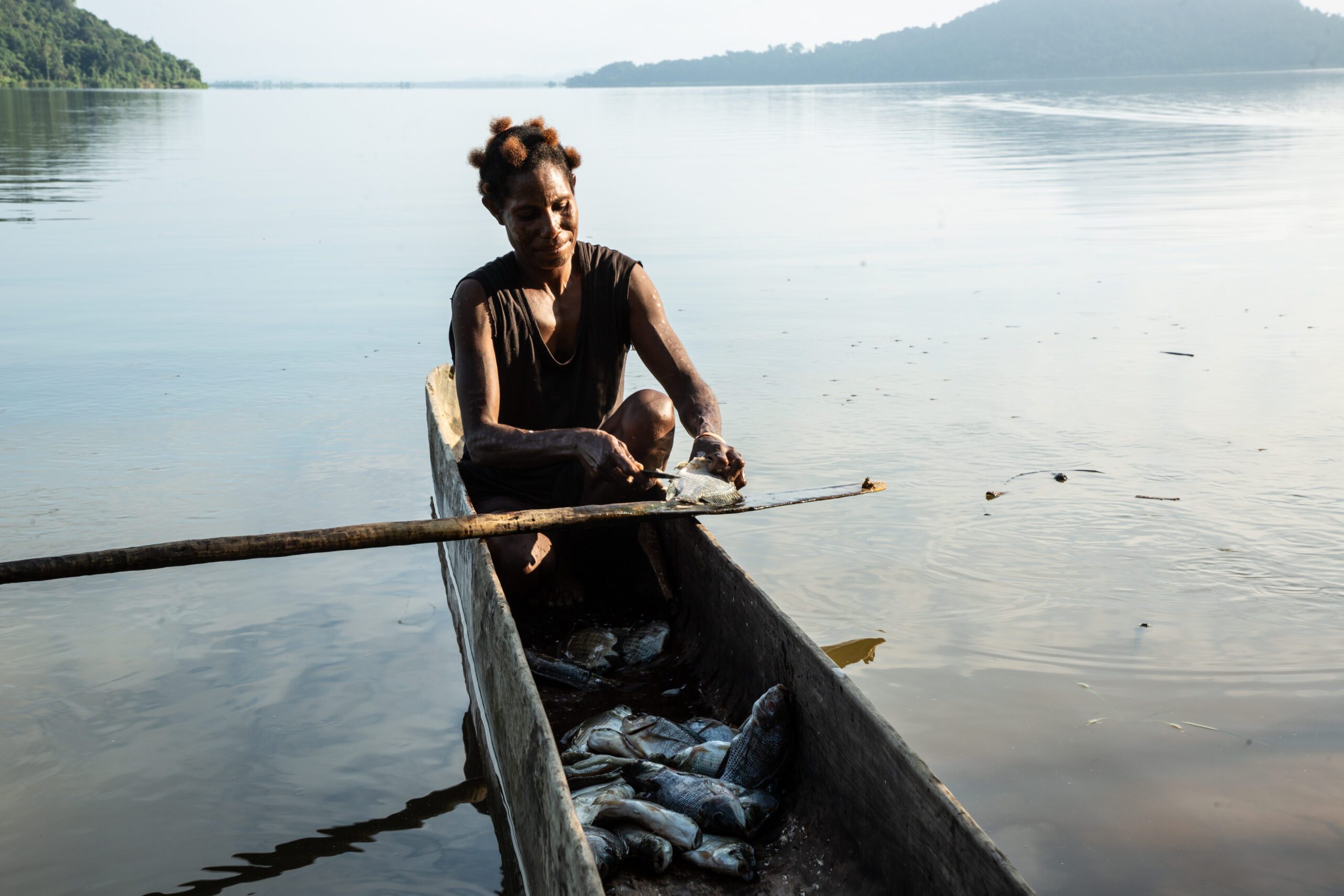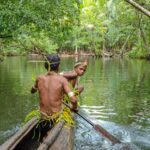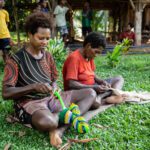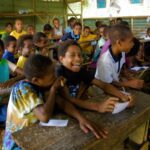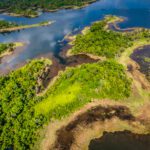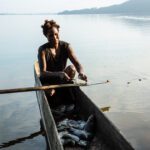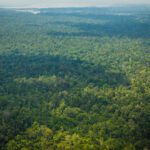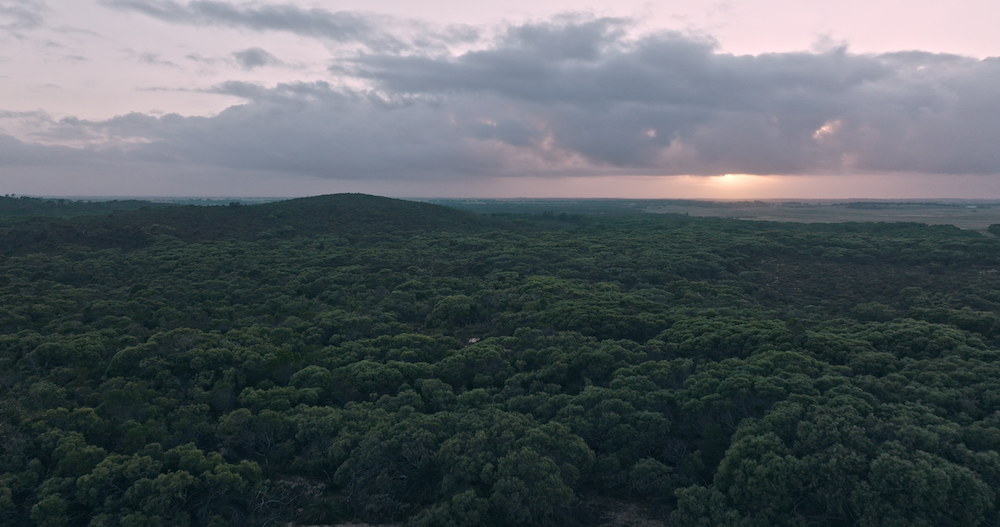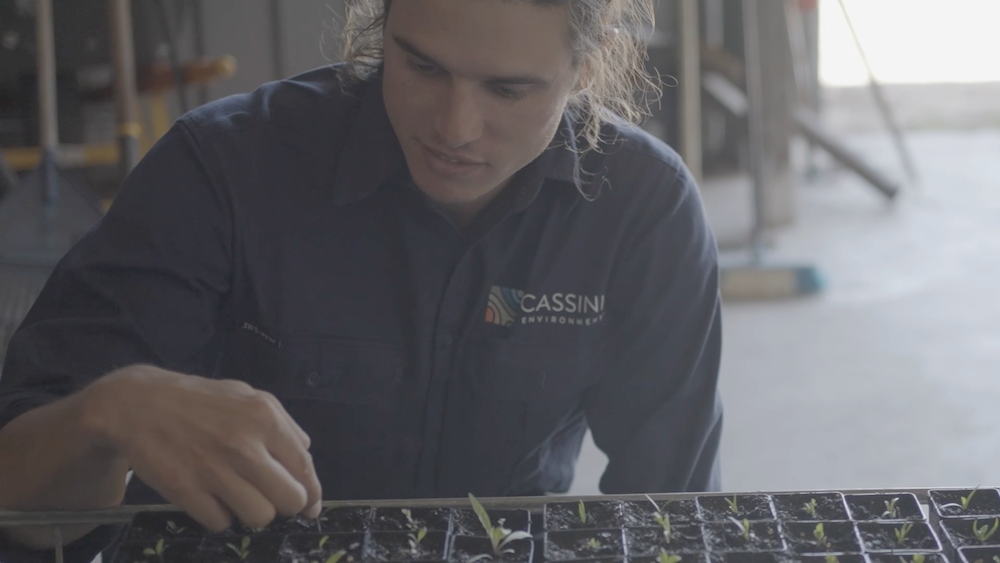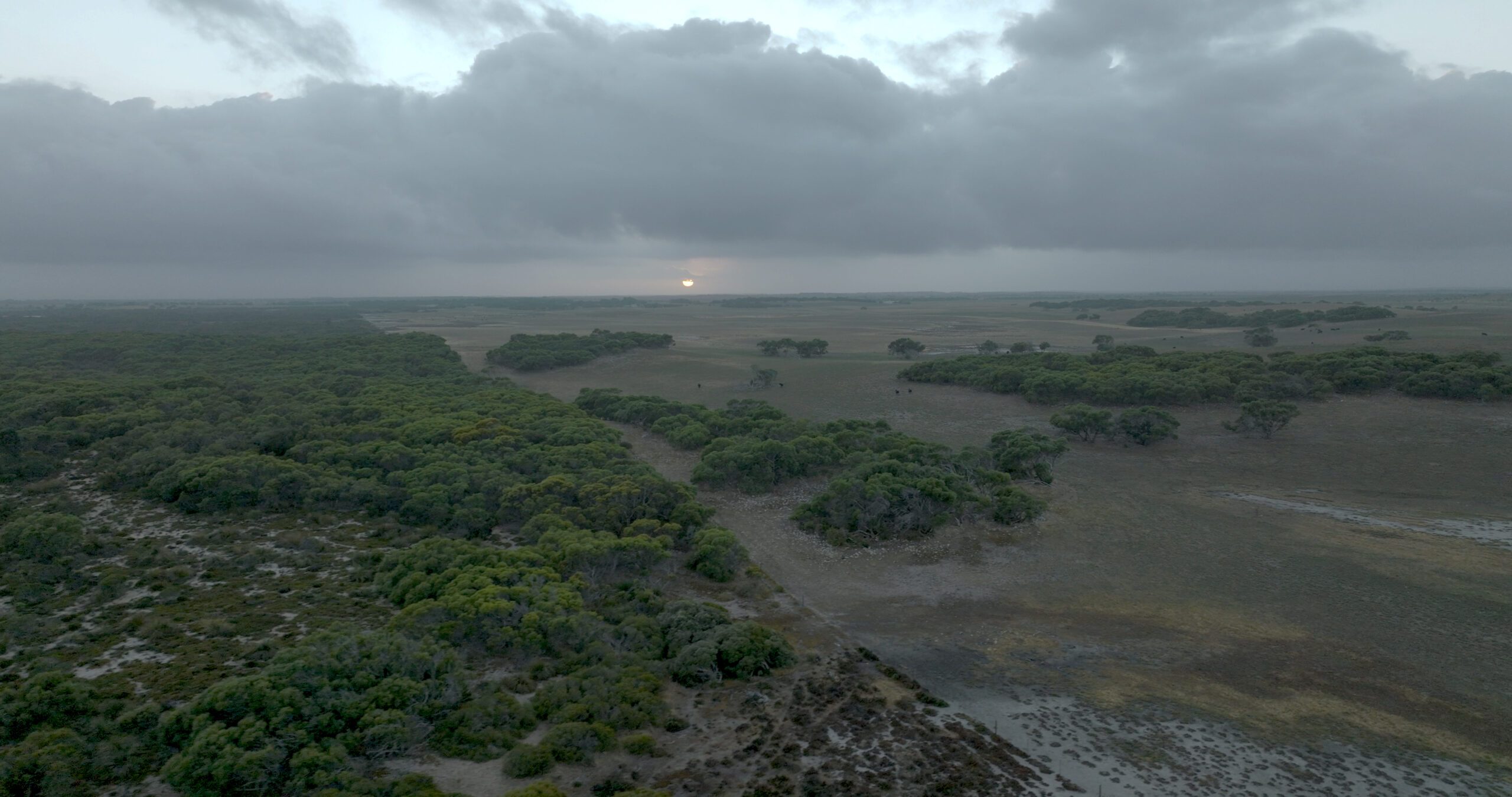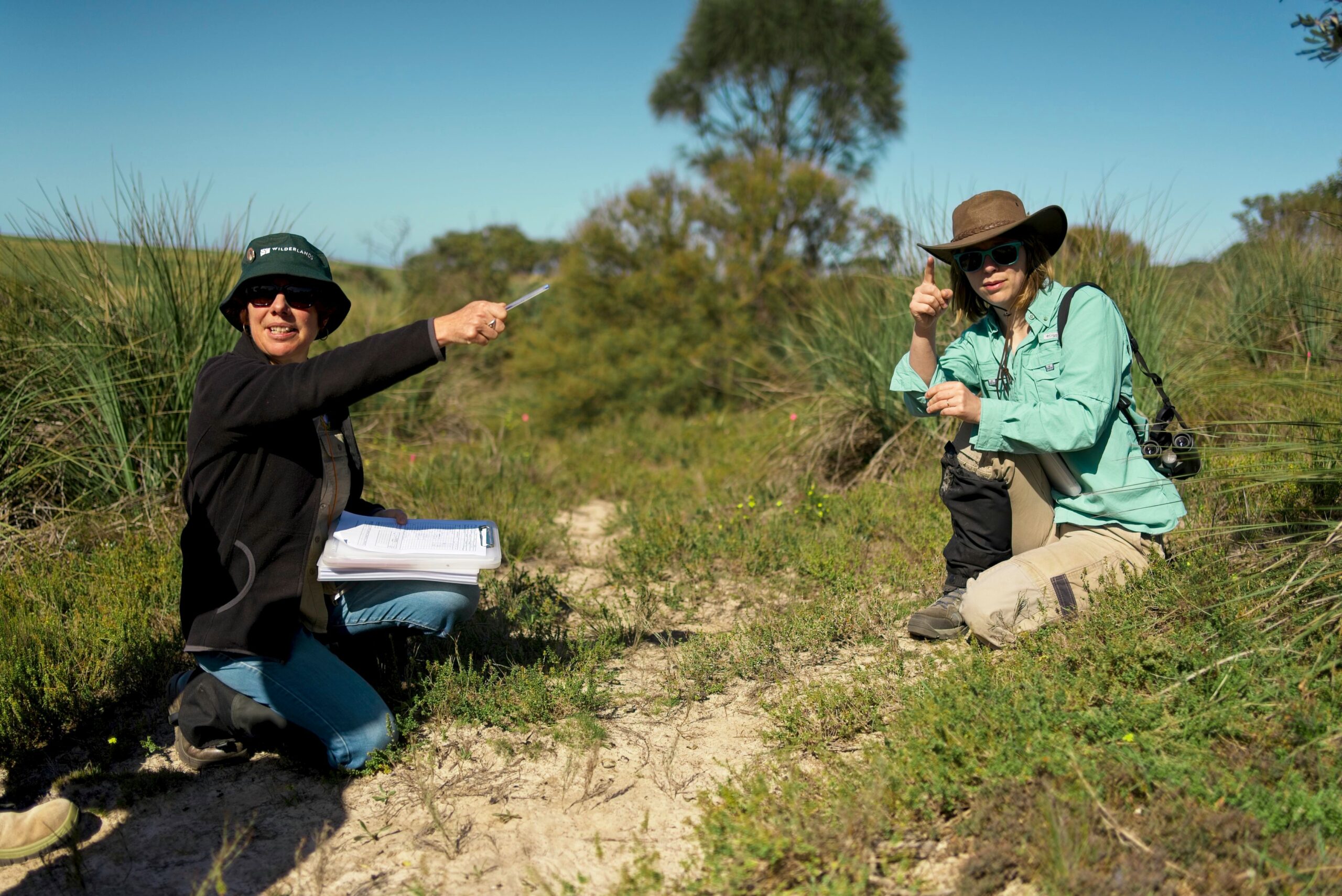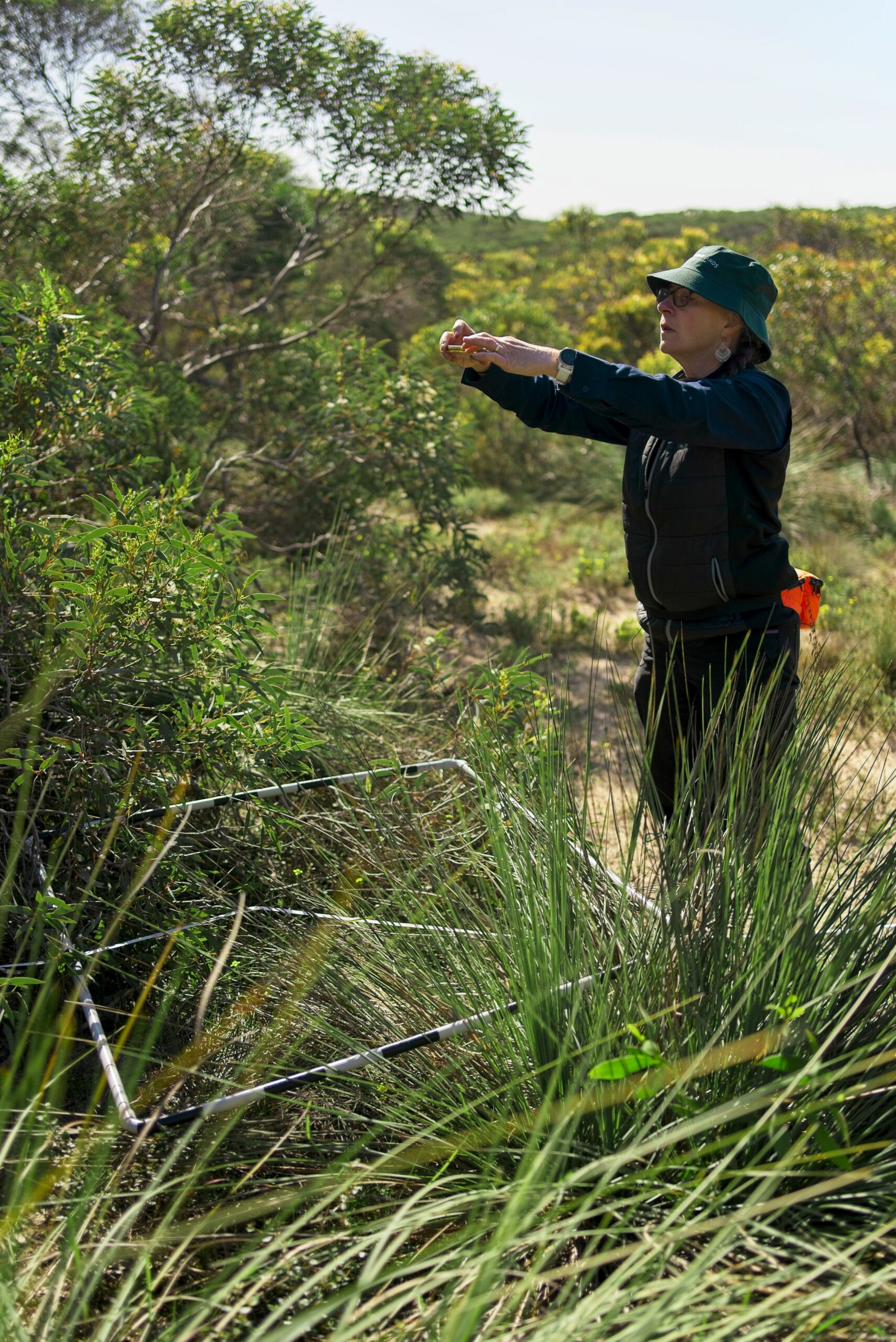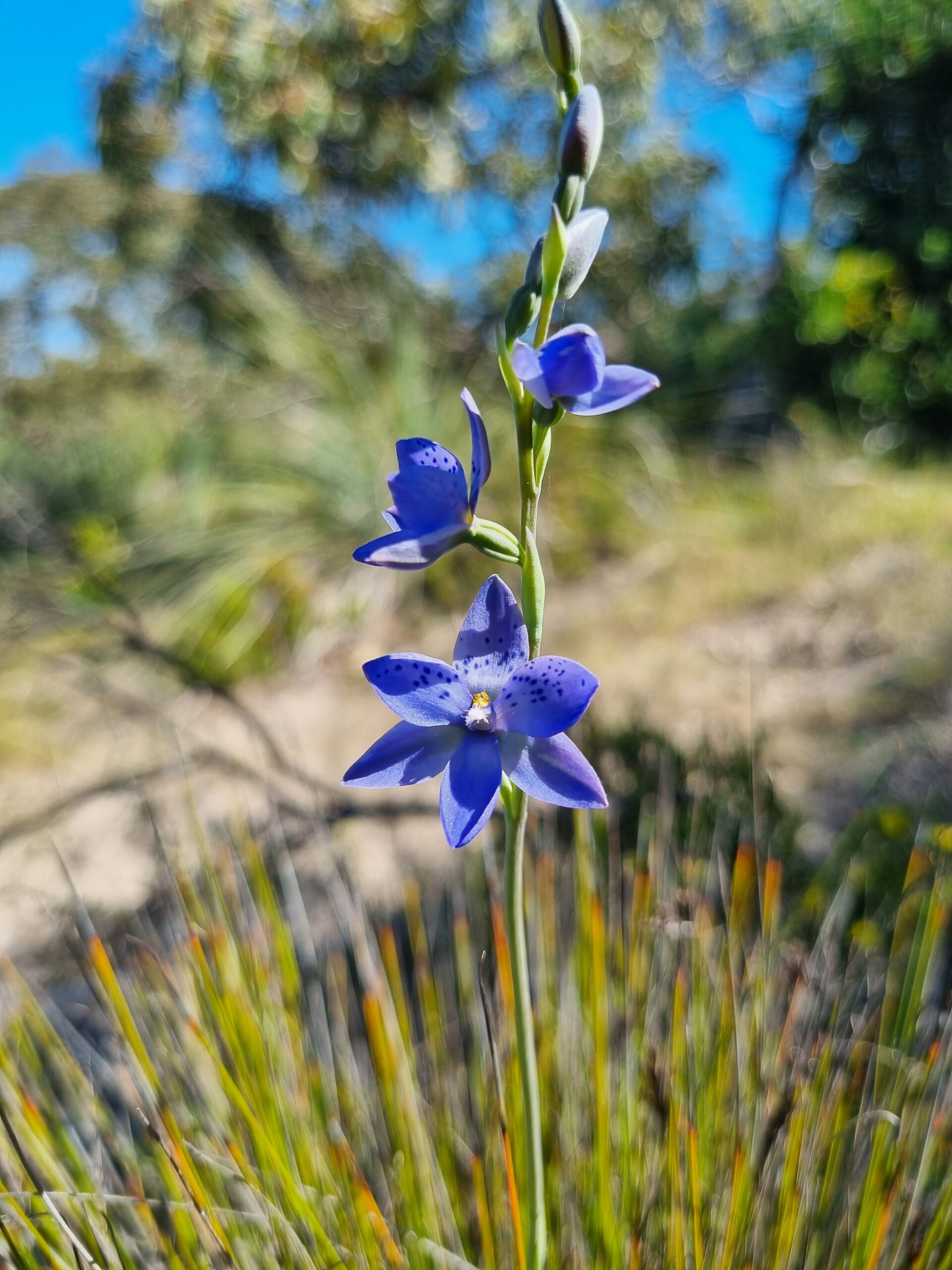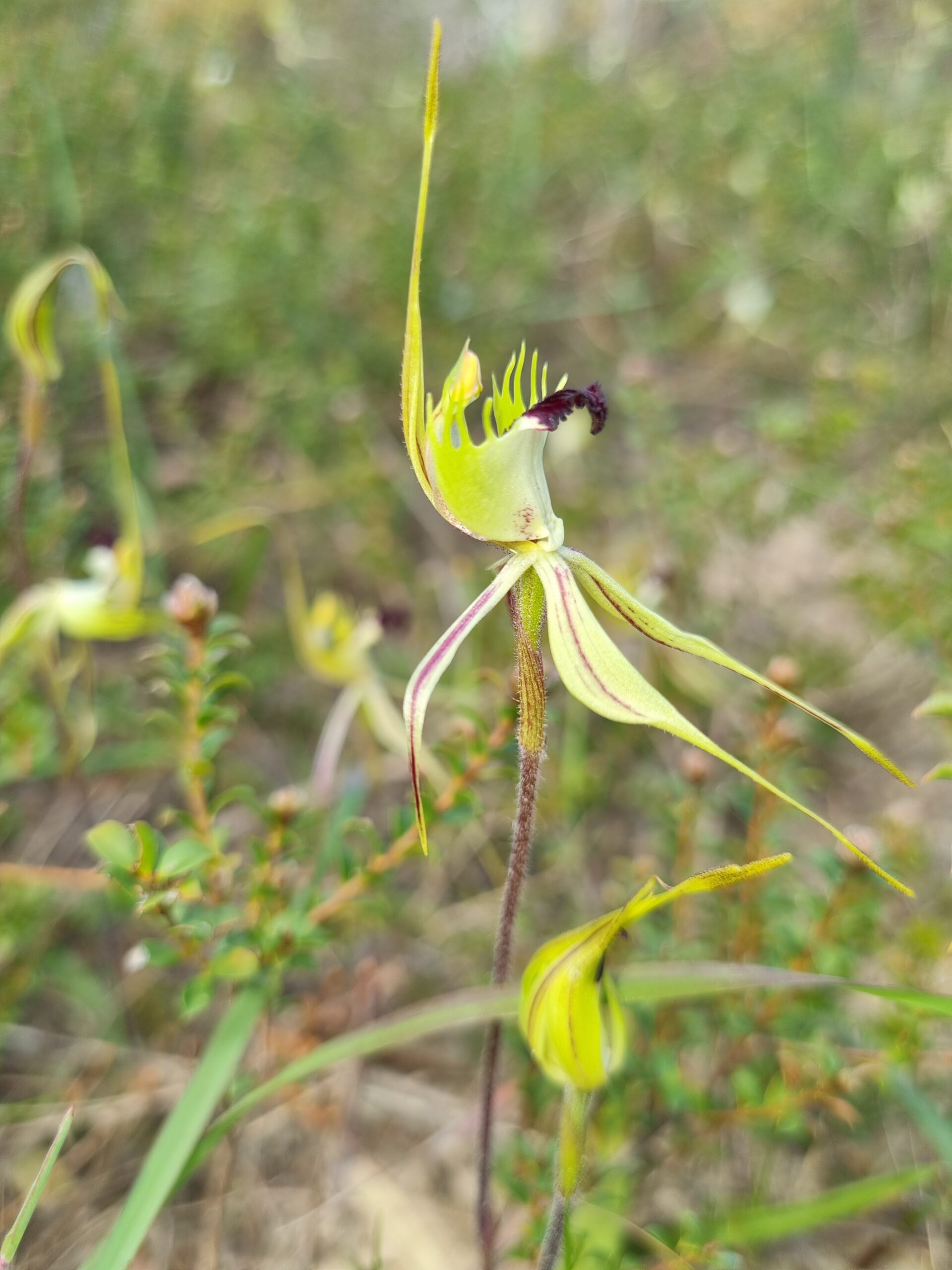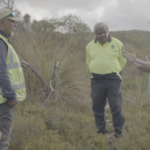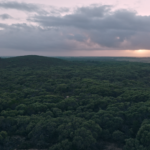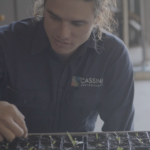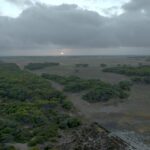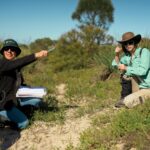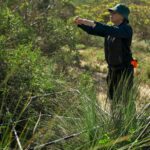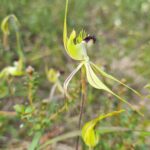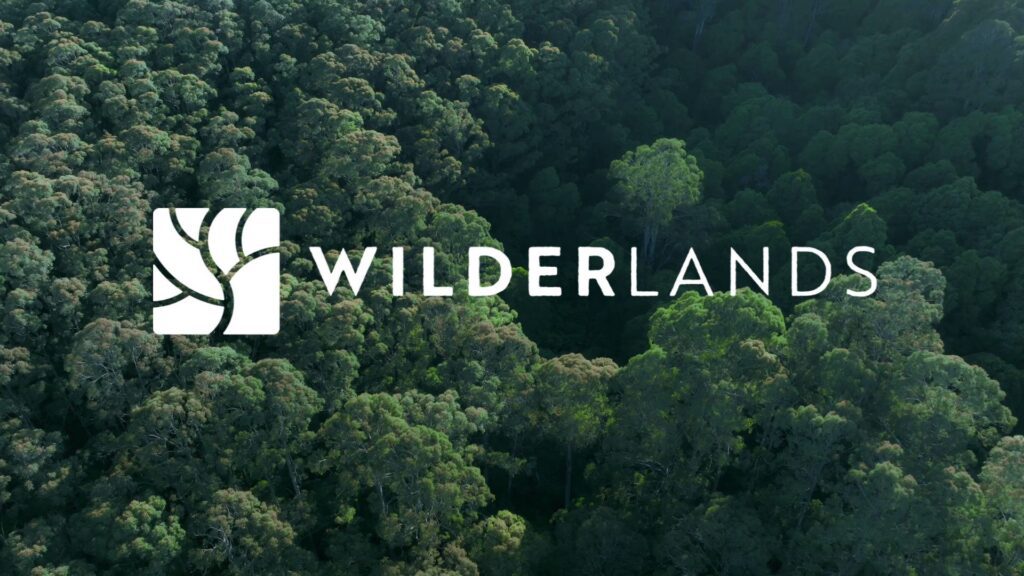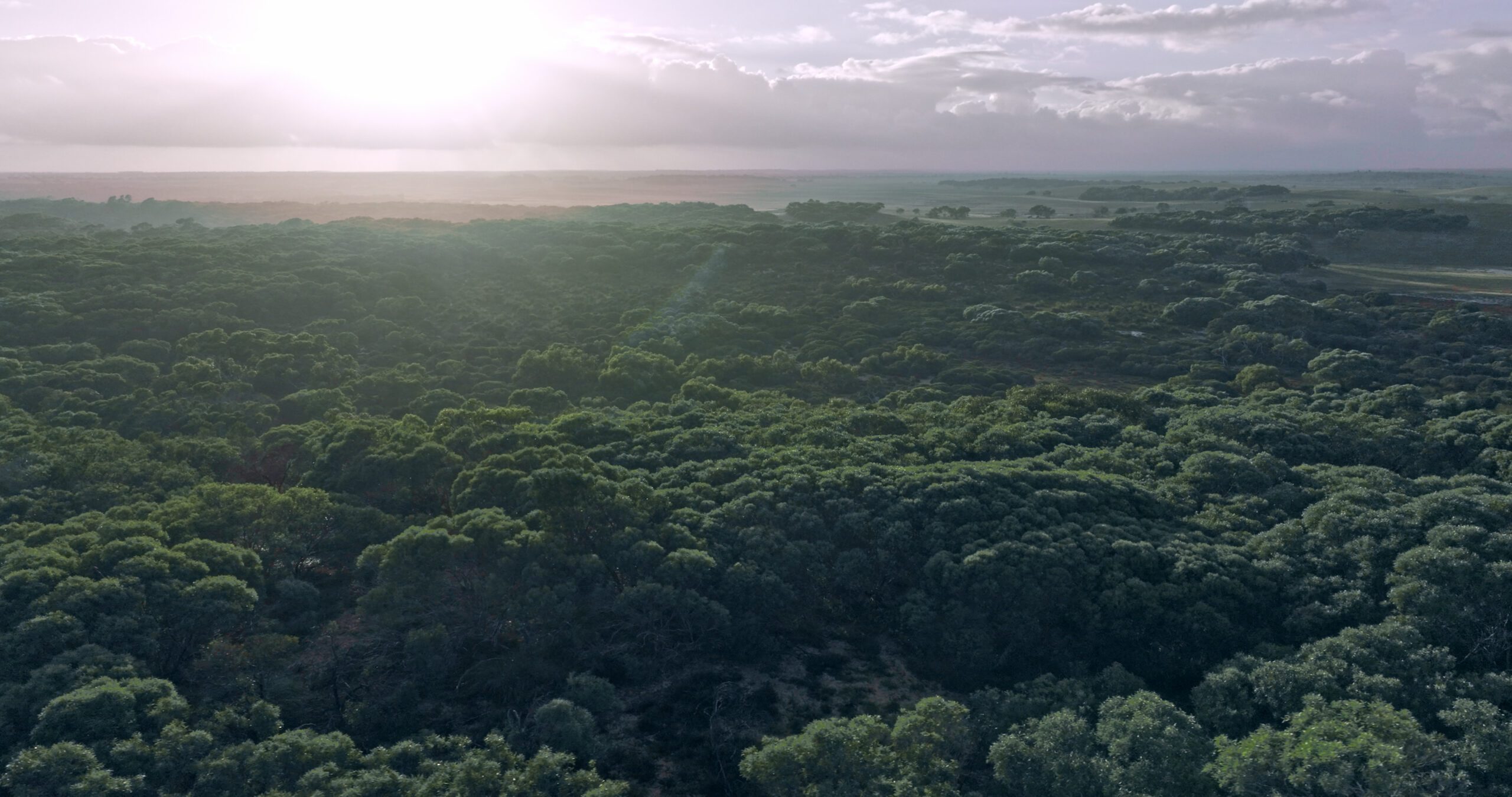
Extended Impact: SA Biodiversity Credit + April Salumei Rainforest Conservation
This product combines a certified carbon credit from TEM’s April Salumei project in PNG with a Biological Diversity Unit (BDU) in South Australia – blending measurable carbon reduction with a local impact on native Australian biodiversity.
Project Type
Reducing Emissions from Deforestation and forest Degradation (REDD+); and Biodiversity Unit (Mallee Woodlands & Shrublands Protection)
Registry
VERRA Voluntary Carbon Standard (VCS) + Vegetation Link
Unit Type
VCU + BDU* | *The Coorong Lakes project is NOT a verified carbon project.
Methodology
VM0007 REDD+ Methodology Framework {Avoided Planned (Sanctioned) Deforestation (REDD-APD)}
Project ID
VCS1122
Vintage
2014-2015
For businesses looking to make a verifiable global and local impact.

Ecosystems around the planet are under threat from farming, logging and invasive species.
This “Extended Impact” project solution from TEM in partnership with Wilderlands enables businesses to support the permanent protection of Australian native ecosystems in specific locations, while also investing in rainforest protection in Papua New Guinea through an independently verified carbon project.
Combining these two projects meets the requirements of the Australia Government’s Climate Active Program, with each unit retired on an independent registry.
April Salumei Rainforest Community Conservation
The April Salumei Rainforest Community Conservation project is located in Papua New Guinea, a country which contains ~7% of the world’s biodiversity in less than 1% of the world’s total land area.
The project protects and sustainably manages nearly 200,000 hectares of globally significant pristine rainforest in the East Sepik Province of Papua New Guinea. The project area has previously been recognised as an exceptional biodiversity hotspot by the Climate Community and Biodiversity Standard (SCS, 2011). Before becoming a carbon project, the area was planned to be cleared for logging. Additionally, it contributes to a myriad of benefits to local communities and biodiversity.
For more details on the April Salumei project please visit: April Salumei Rainforest Community Conservation: 2014-2015 vintage
Sustainable Development Goals
Coorong Lakes Protection
Each Biological Diversity Unit issued by our project partner, Wilderlands, provides legally-backed permanent protection and 20 years of active management of a designated area within the Coorong Lakes region, located south of Meningie in South Australia. The reserve is owned and managed by Cassinia Environmental as a conservation reserve in partnership with local Ngarrindjeri people.
The impacts of land clearing for agriculture, nutrient contamination and the proliferation of invasive species has put these areas under ongoing threat of degradation.
Amongst the primary objectives for this project are landscape protection, habitat connectivity, community partnership, and the opportunity for sustainable livelihoods delivering healthy country outcomes.
The Coorong Lakes Project complements the internationally important wetland systems of Lake Alexandrina, Lake Albert, and the Coorong Lagoons, with the diversity of ecosystems making a significant contribution to the importance of this area.”
Rising above low-lying saline wetland communities of samphire and melaleuca shrublands are sandy dune systems of mallee and heathy woodlands, host to a rich diversity of native plants and animals.”
The project is home to a rich diversity of native birds with a total of 61 species identified during recent spring monitoring, including the Purple-gaped Honeyeater (Lichenostomus cratitius) which is listed as rare under the SA National Parks and Wildlife Act.
The number of species is considerably high given that the surrounding landscape has been heavily impacted by land clearing and grazing and that species such as the Purple-gaped Honeyeater, Black-eared Cuckoo, Shy Heathwren and Elegant Parrot are not particularly common.
The native plant diversity in the Coorong Lakes Project reached a total of 222 species in the most recent monitoring reports, with the noteworthy addition of Slender Smoke-bush (Conospermum patens), a species regarded as endangered under the IUCN Red List of Threatened Species.
It is, however, the native orchid diversity that was the standout of the 2023 spring survey with 30 species recorded including the world’s largest known populations (on private land) of the nationally endangered Metallic Sun-orchid (Thelymitra epipactoides) – one of Australia’s largest and most impressive sun-orchids.
Coorong Lakes is a rare pocket of intact native remnant vegetation in a region that has largely been cleared for agriculture.
For more details on the Coorong Lakes project, visit our project partners at Wilderlands: Coorong Lakes, SA | Wilderlands.earth
How are the Coorong Lakes protected?
Owned and co-managed by Cassinia Environmental as a conservation reserve in partnership with the Ngarrindjeri people, the protection of Coorong Lakes is underpinned by a conservation agreement these landowners have entered into with the South Australian Government. This is registered on the land title to permanently control land-use and management ensuring protection and conservation.
In addition to these legal protections in place, active management of the site includes:
- Collaborating with Ngarrindjeri people for co-management and sharing of knowledge.
- The project sources native plants supplied by the local nursery at Raukkan, a self-governed Aboriginal community 30 km northwest of the site.
- Implementing appropriate fire regimes;
- Connecting habitat patches for animal movement and genetic health;
- Preserving trees and logs for (shelter and nesting) habitat preservation;
- Managing pests like foxes, rabbits, and weeds;
- Coordinating with partners and neighbors on pest control;
- Limiting vehicular traffic to reduce erosion and weed spread.
What are BDUs and how are they created and verified?
At the Coorong Lakes site, one BDU equates to one square meter of land permanently protected to maintain and enhance the integrity of its biological diversity. In South Australia, these units are defined and issued by the South Australian Government via a State-managed registry. Cassinia, the Coorong Lakes landowner, voluntarily “retires” these statutory compliance units, so they can’t be used as a compliance offset.
Wilderlands geotags each unit and registers the now “voluntary” units on the independently managed Vegetation Link registry – effectively creating the Biological Diversity Units. When you purchase these units, each purchase is linked to a certificate of Sale issued by Vegetation Link.
Periodic inspections are conducted by the South Australian Government, with additional monitoring conducted by Wilderlands Ecologists in accordance with the Wilderlands Project Monitoring Plan.
Sustainable Development Goals
Project Location
The April Salumei project protects more than 603,712 hectares, of virgin tropical rainforest in Papua New Guinea. The Coorong Lakes are located south of Meningie in South Australia (Ngarrindjeri Country).
value
$10.00/Tonne of CO2e + 1 Square Meter Protected
84520 in stock
Where does my money go?
Your purchase goes to the procurement of fully verified and independently audited carbon offset projects. TEM’s operational, due-diligence, risk management and marketing costs are also included in the list price. By purchasing from these projects, you are mobilising capital to support the project’s ongoing operations and benefits, alongside of ensuring measurable emissions reductions and avoidance.
What goes into pricing TEM's offsets on this site?
You may find a difference between the cost of projects listed on this site and the average prices listed on the wholesale carbon market/s. That’s because TEM offers projects where we have gone the extra mile to ensure their integrity and deliver you the end-to-end service that others won’t. Our pricing is fully inclusive of the end-to-end services to ensure integrity, including:
- The cost to source, deliver and/or procure projects – Sourcing, purchasing and holding carbon units.
- TEM’s proprietary due diligence and risk management for each project – Put simply, we do the work to limit the chance that you will support a project that doesn’t deliver measurable and long-term carbon abatement.
- Our retirement process – Following each purchase, every carbon offset purchased on this site can be transparently traced to a retired carbon unit listed on an independent registry.
What will I receive with my purchase?
Once we’ve received your payment, we will:
- Send you content and copy (if available) relating to the projects you’re supporting.
- Evidence of retirement, which includes the listing on each registry that relates to the offsets you have purchased within a TEM-branded retirement certificate. You will receive an email once your order is placed to confirm retirement copy for your certificate – this details the reason for retirement and is best practice to avoid double counting. The cost for a company-specific retirement certificate = $150 per order. Note: you will need individual retirement for Climate Active and other certification purposes.
- Keep you updated on new projects as they’re added to TEM Online. Of course-you can choose to opt out of those emails!

